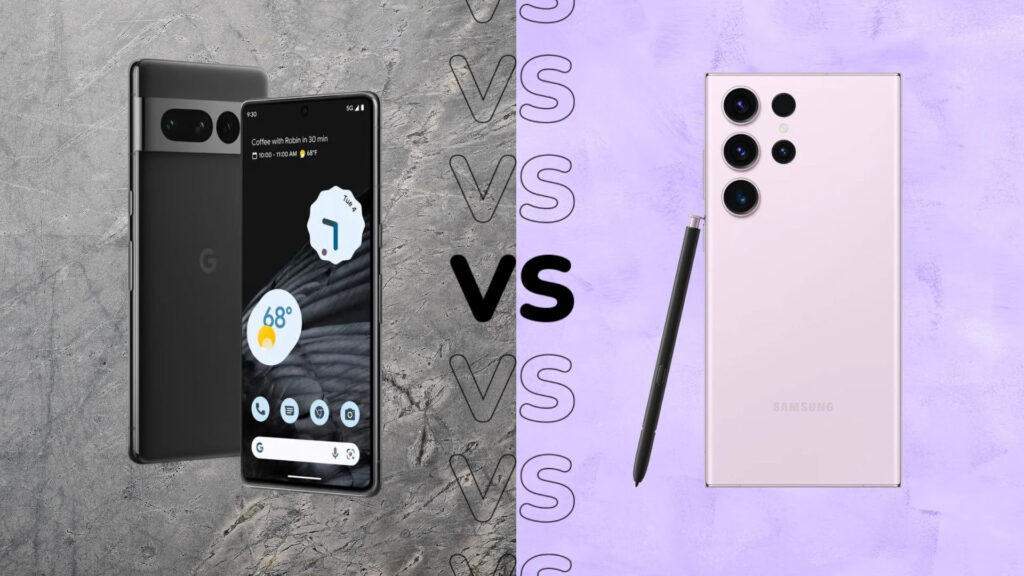
Samsung has officially unveiled its highly anticipated smartphone, the Galaxy S24 Ultra, expected to be the top Android phone in the market. On the other hand, Google introduced the Pixel 8 Pro last year, earning acclaim as “the best Pixel ever.” The question arises: which is the superior choice? Samsung or Pixel? To determine this, let’s delve into a detailed comparison between the Samsung Galaxy S24 Ultra and the Google Pixel 8 Pro.
Samsung Galaxy S24 Ultra vs Google Pixel 8 Pro: Display and Design
Samsung has adopted an approach reminiscent of Apple with the Galaxy S24 series, featuring a Titanium frame for the S24 Ultra in contrast to the aluminum frame on the Pixel 8 Pro. Titanium, known for being both lighter and stronger than aluminum, suggests that the S24 Ultra might have enhanced durability and could potentially withstand drops better than the Pixel 8 Pro.
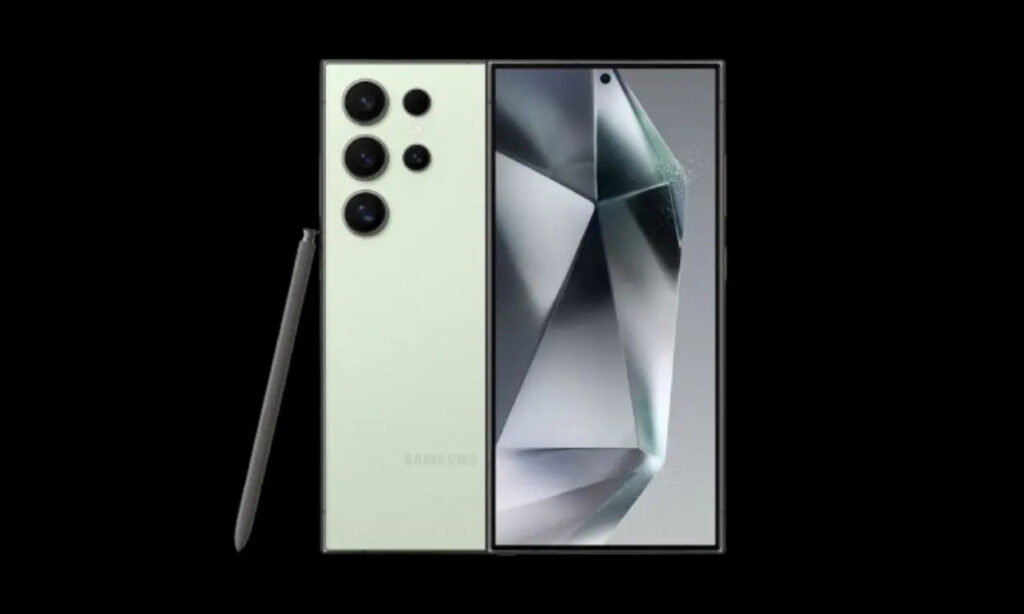
In terms of display, the S24 Ultra boasts a flat display at the front, protected by Corning’s latest Gorilla Armor. On the other hand, the Pixel 8 Pro also incorporates a flat display but utilizes Corning’s older Gorilla Glass 2 for protection.
The Galaxy S24 Ultra boasts Samsung’s new Dynamic AMOLED flat display, featuring a 6.8-inch 2K LTPO panel with a 120Hz refresh rate and an impressive brightness of up to 2,600 nits. In comparison, the Pixel 8 Pro’s display is a 2K LTPO AMOLED panel, referred to by Google as a “Super Actua” display. It also operates at a 120Hz refresh rate and achieves a maximum brightness of 2,400 nits under direct sunlight. Both displays support 10-bit HDR10+.
While Samsung is renowned for its flagship displays, Google received widespread praise for the Pixel 8 series display panels. Considering Samsung’s use of a new panel and the Pixel 8 Pro relying on older Samsung M13 AMOLED and BOE panels, on paper, the Galaxy S24 Ultra is expected to offer a superior display experience.
Samsung Galaxy S24 Ultra vs Google Pixel 8 Pro: Performance Comparison
The Galaxy S24 Ultra secures a clear advantage in performance, both with Qualcomm and Exynos variants. The Qualcomm Snapdragon 8 Gen 3 stands out as the most powerful SoC currently available, surpassing even Apple’s A17 Pro Bionic in performance benchmarks. On the Exynos side, the Exynos 2400 is essentially the upcoming Tensor G4, as Google’s Tensor SoCs are based on Exynos architecture. This confirms that the Exynos 2400 is expected to outperform the Tensor G3.

The Snapdragon 8 Gen 3 is an octa-core SoC, featuring a 1x Cortex-X4 core clocked at 3.3 GHz, 3x Cortex-A720 cores at 3.15 GHz, 2x Cortex-A720 cores at 2.86 GHz, and 2x Cortex-A520 cores at 2.26 GHz. While higher performance numbers are not the sole determinant of a device’s overall capabilities, for a rough comparison, the 8 Gen 3 scores just over 2 million in AnTuTu 10, while the Tensor G3 scores slightly over half of the 8 Gen 3’s score at 1.1 million.
Additionally, the Galaxy S24 Ultra features the more recent UFS 4.0 storage, whereas the Pixel 8 Pro relies on the older UFS 3.1. UFS 4.0, on paper, is at least two times faster than UFS 3.1, showcasing double the read and write speeds along with increased storage capacities. This is an area where Samsung distinctly takes the lead.
Samsung Galaxy S24 Ultra vs Google Pixel 8 Pro: Cameras Comparison
Both phones boast impressive cameras with distinct features, engaging in a competitive exchange. Google’s post-processing excels in delivering contrasty, sharp, and high HDR imagery, maintaining true-to-life colors. It also showcases vastly improved video capabilities, backed by numerous AI features for both photos and videos. In contrast, Samsung’s approach results in warmer and more saturated imagery, videos, and arguably superior nighttime shots, albeit with fewer integrated AI features.
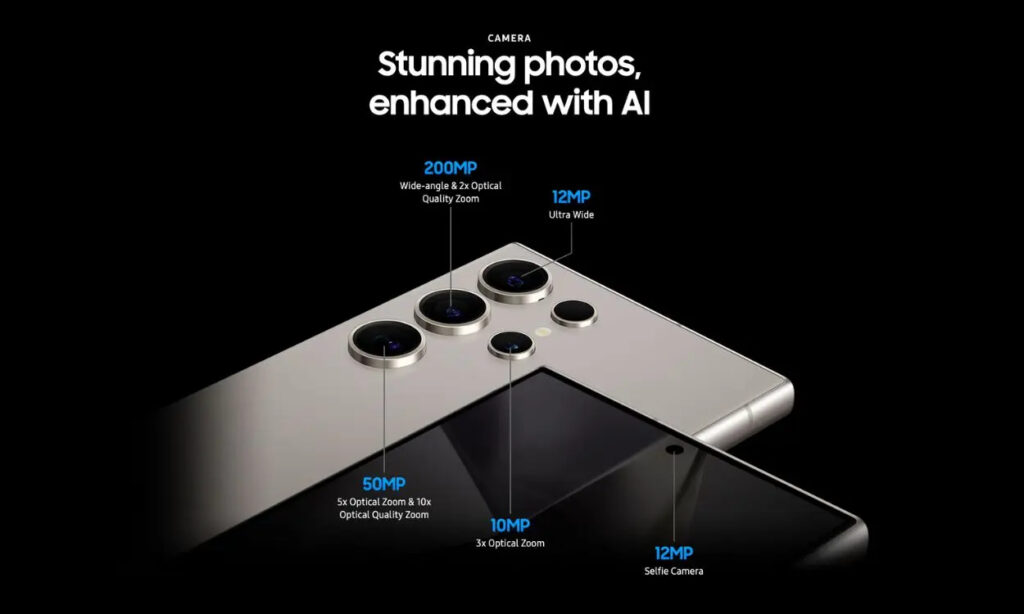
Following the S23 Ultra’s footsteps, the S24 Ultra sports a quad-camera setup. The primary camera boasts an impressive 200 MP sensor that bins images down to 12 MP. The secondary camera is a 50 MP periscope camera offering 10x optical zoom, while the third camera is a 10 MP telephoto capable of 3x optical zoom. The final component is a 12 MP ultrawide lens. All three cameras, excluding the ultrawide, feature optical image stabilization (OIS).
The Pixel 8 Pro, in contrast, incorporates a 50 MP main shooter, a 48 MP telephoto camera offering 5x zoom, and a 48 MP ultrawide camera. All lenses, except for the ultrawide, are equipped with optical image stabilization (OIS).
In terms of hardware, Samsung holds the advantage with an additional telephoto lens and a 200 MP sensor. The superiority lies not just in the Megapixel count but in its capacity to capture images and amalgamate more data to produce sharper and brighter results. On the other hand, the Pixel 8 Pro stands out with a superior ultrawide camera, at least on paper.
Nevertheless, the Pixel brings forth an array of impressive AI features, including Magic Editor, an enhanced Magic Eraser, Video Boost, Night Sight for video, Best Take, and more. In contrast, Samsung introduces its own set of AI features, including its rendition of Magic Editor named Generative Edit and Nightography Zoom.
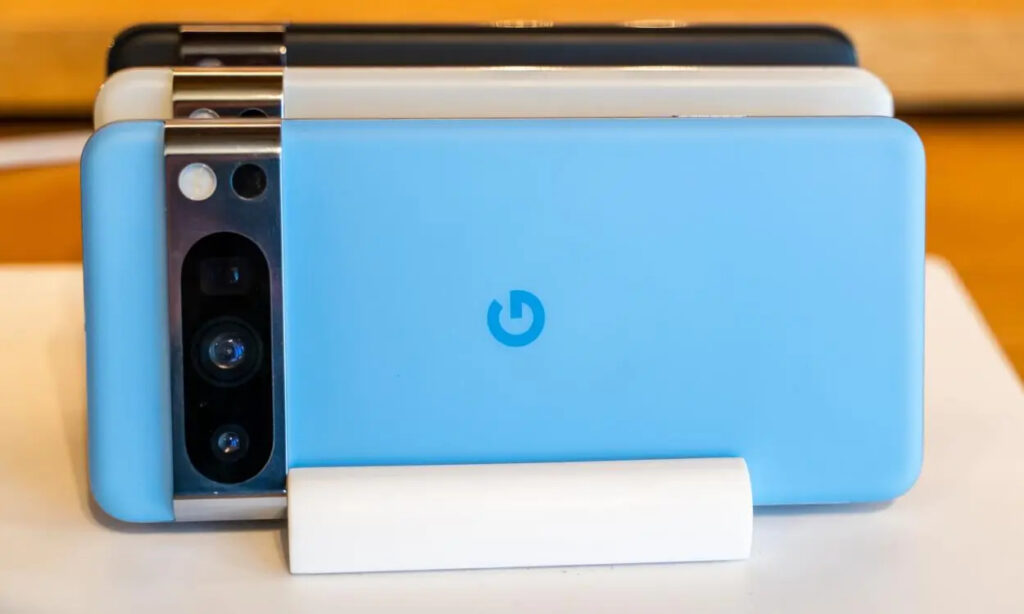
While Samsung may not offer as many software and AI enhancements, it remains intriguing to see which device emerges as the superior choice. It is challenging to determine a clear winner at this stage, so stay tuned for our comprehensive review of the Galaxy S24 Ultra.
Samsung Galaxy S24 Ultra vs Google Pixel 8 Pro: Battery Comparison
The Galaxy S24 Ultra is equipped with a 5,000 mAh battery, while the Pixel 8 Pro houses a slightly larger 5,050 mAh cell. The former supports a 45W wired charging capability and can wirelessly charge at 15W. In comparison, the Pixel 8 Pro offers a 30W wired charging speed and supports wireless charging at 23W.
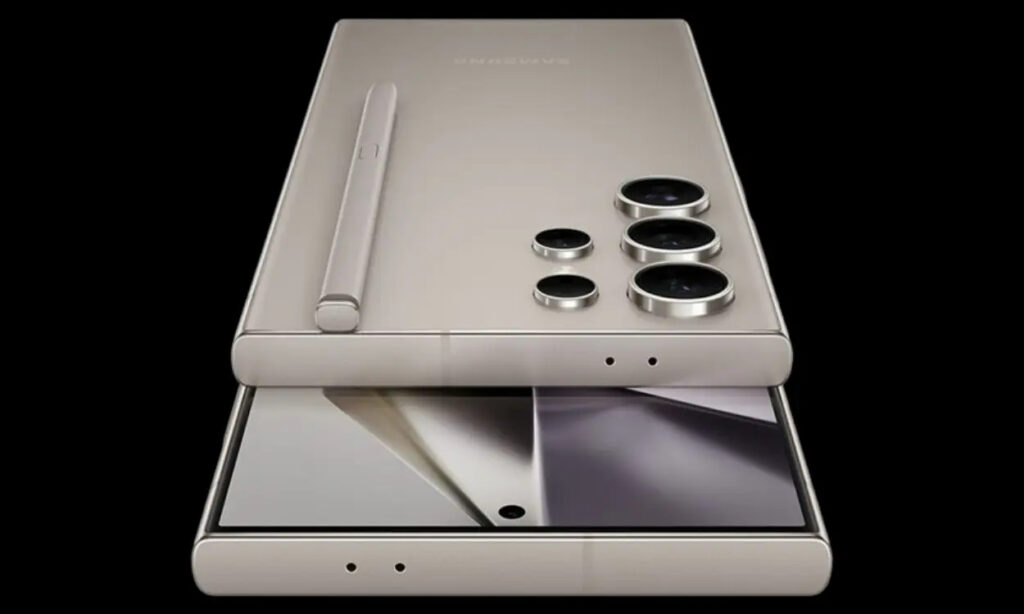
Despite the similar battery capacities and the shared 4nm manufacturing process, the Galaxy S24 Ultra gains an advantage in this round, mainly due to the efficiency of the Snapdragon 8 Gen 3. The Tensor G3, employed in the Pixel 8 Pro, is recognized for throttling to extend battery life, albeit at the cost of performance. This distinction is less likely with the Snapdragon 8 Gen 3.
Samsung Galaxy S24 Ultra vs Google Pixel 8 Pro: OS Updates Comparison
Google made a significant impact in the tech space by declaring that the Pixel 8 series would receive 7 years of major Android updates. Surprisingly, Samsung has followed suit, announcing the same for the Galaxy S24 series. This implies that both the Pixel 8 Pro and Galaxy S24 Ultra are set to receive all major updates until 2030 and 2031, respectively. In this context, the true winners are the consumers, who can anticipate prolonged software support for their devices.
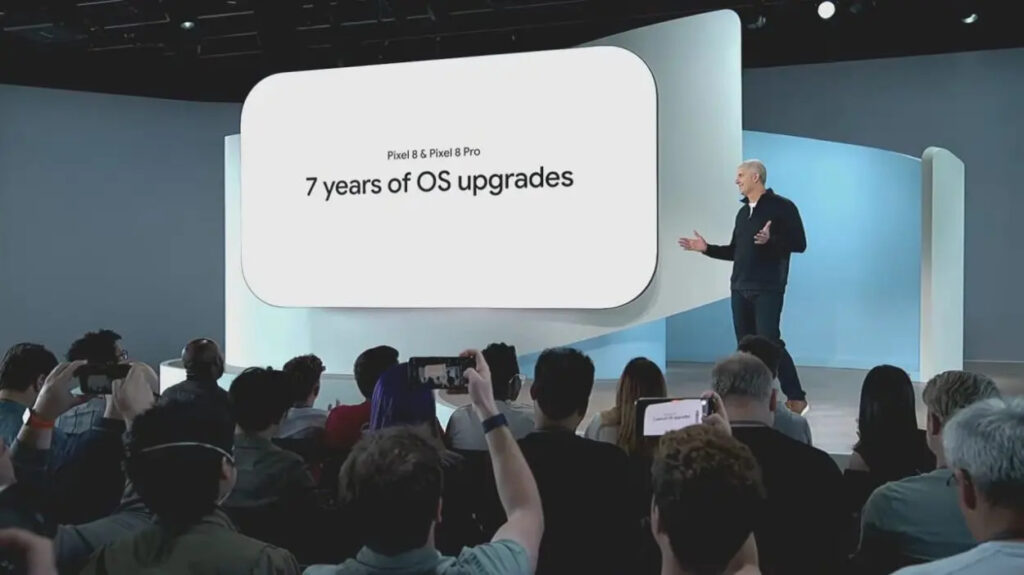
Samsung Galaxy S24 Ultra vs Google Pixel 8 Pro: Storage Options and Colors
The Galaxy S24 Ultra is available in three storage configurations – 12/256GB, 12/512GB, and 12GB/1TB. On the other hand, the Pixel 8 Pro offers four storage options – 12/128GB, 12/256GB, 12/512GB, and 12GB/1TB. The S24 Ultra is offered in four colors – Titanium Black, Titanium Violet, Titanium Gray, and Titanium Yellow, while the Pixel 8 Pro comes in three colors – Obsidian, Porcelain, and Bay.
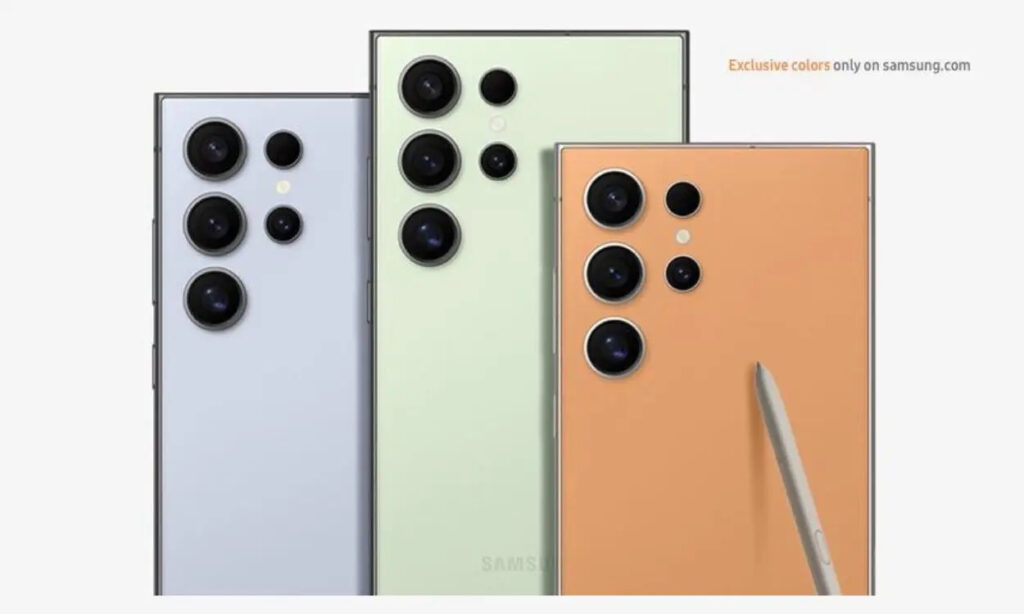
In terms of visual appeal, both phones are considered spectacular, and all color variants exude elegance. However, if one had to choose a single color variant from each, the Titanium Violet for the S24 Ultra and Bay for the Pixel 8 Pro stand out as particularly appealing options.
Galaxy S24 Ultra and Pixel 8 Pro: Specifications Comparison

Samsung Galaxy S24 Ultra vs Google Pixel 8 Pro: Pricing Comparison
The Galaxy S24 Ultra is priced at $1,300, while the 256GB variant of the Pixel 8 Pro costs $859 as of the current writing. Both smartphones offer impressive features, and the choice between them may depend on individual preferences and ecosystem preferences. If you prioritize performance, a superior display, faster charging, a 10x periscope camera, and extended battery life, and if you are already invested in Samsung’s ecosystem, the S24 Ultra could be the preferable choice.
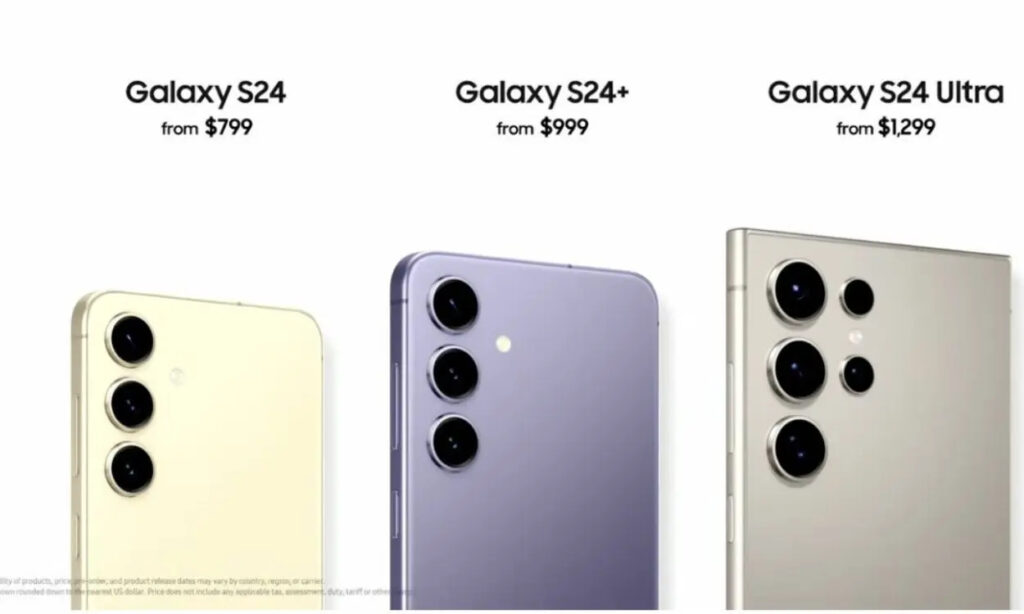
On the other hand, if you are willing to compromise on performance, especially in gaming, and if you appreciate the photographic capabilities of Pixel devices, along with comprehensive AI camera features and frequent feature updates, the Pixel 8 Pro may be more suitable for you.
It’s worth noting that the price of the Pixel 8 Pro has already dropped from $1,059 for the 256GB variant to $859 and may further decrease with time. Consequently, it represents a more budget-friendly and better value-for-money option compared to the S24 Ultra, which starts at $1,300.

0 Comments